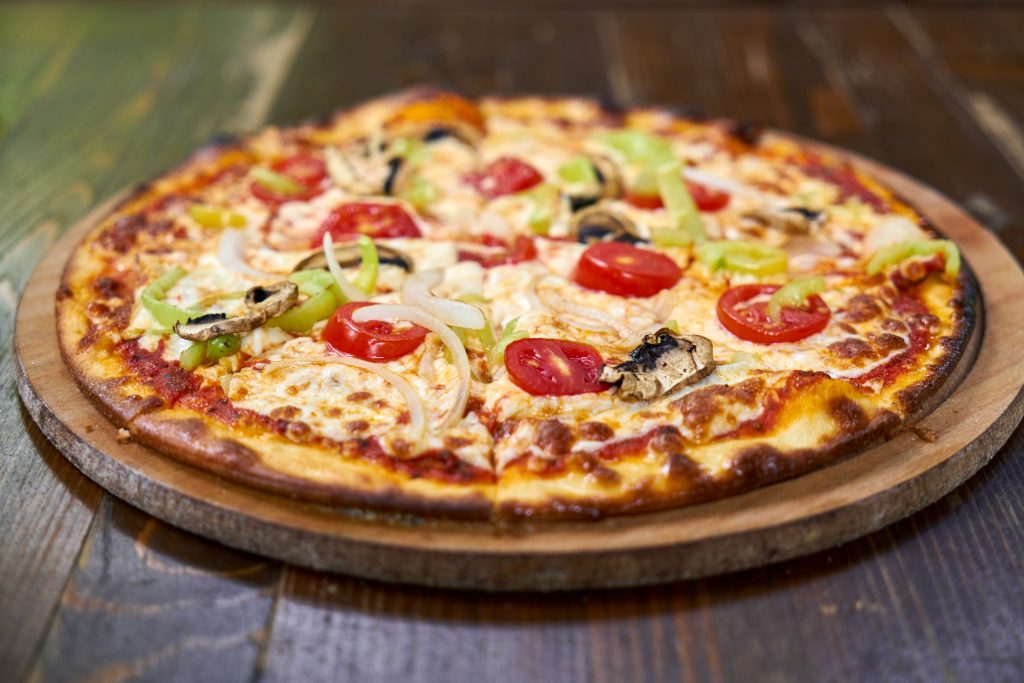In moderation, yeast has many properties that help our bodies maintain a healthy gut and absorb vitamins, yet many are ditching yeast for health reasons. Does this mean you have to quit your favorite comfort foods, like pizza?
You can use baking powder instead of yeast pizza dough. Every yeast-adverse pizza fan should know that baking powder combines with liquid in a chemical reaction that gives off a gas, which causes the dough to rise. So, you can replace yeast with baking powder and still create excellent pizza dough.
In the following article, learn how to prepare a pizza base with baking powder instead of yeast, including a look at types of flour you can use and how to prepare your workstation to guarantee tantalizing consistency to your pizza base. We’ll also walk through how to prepare a mouth-watering pizza base that’s as fine as any pizzaiola.


